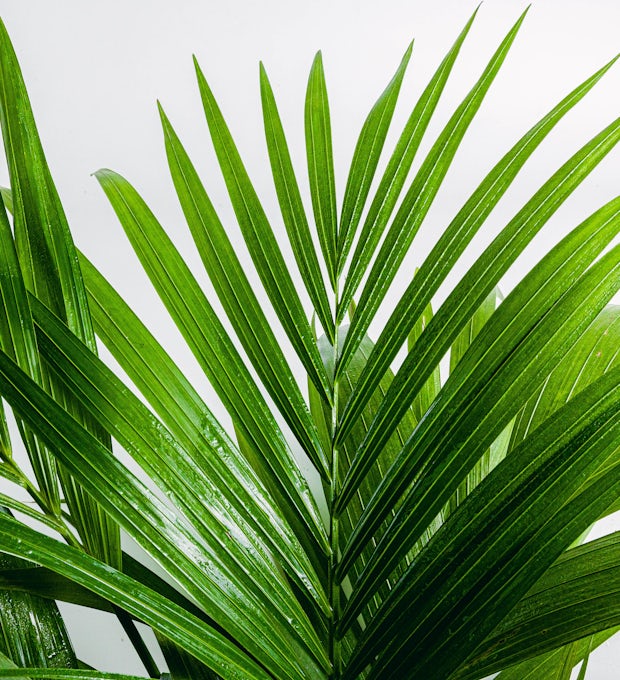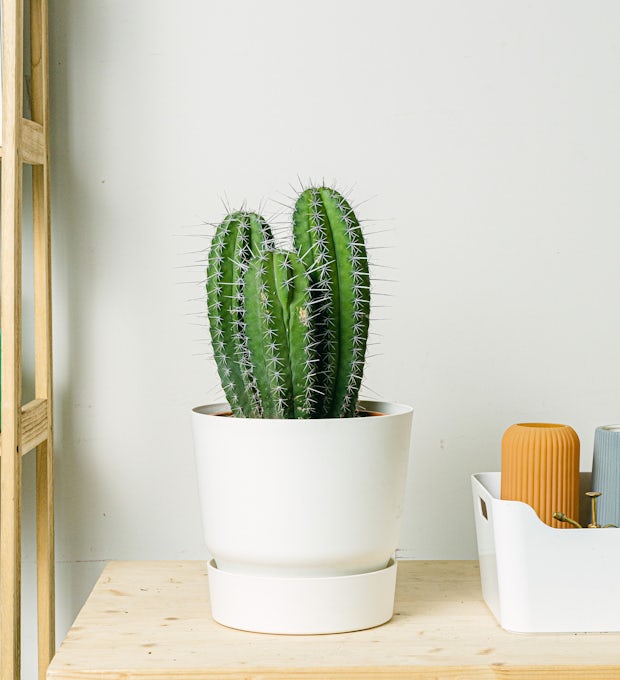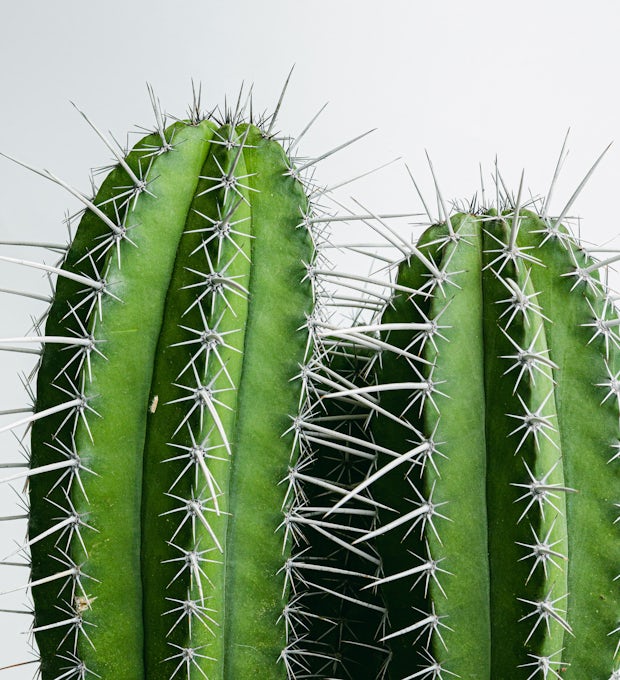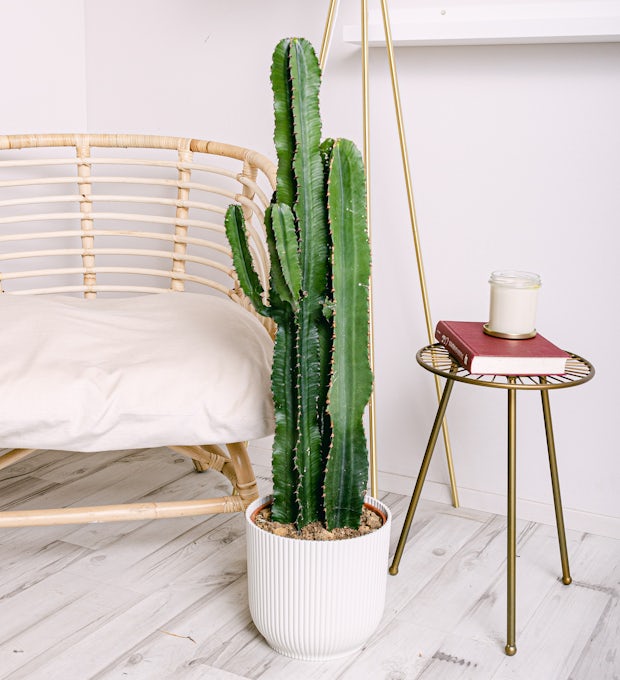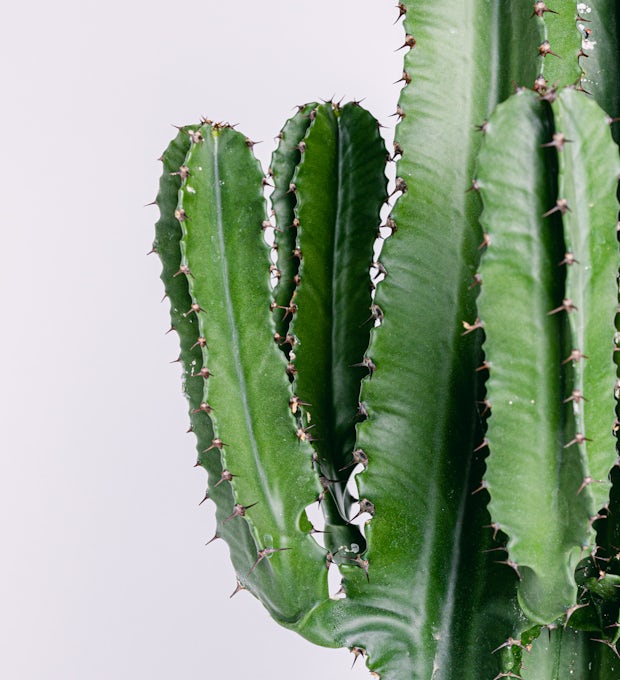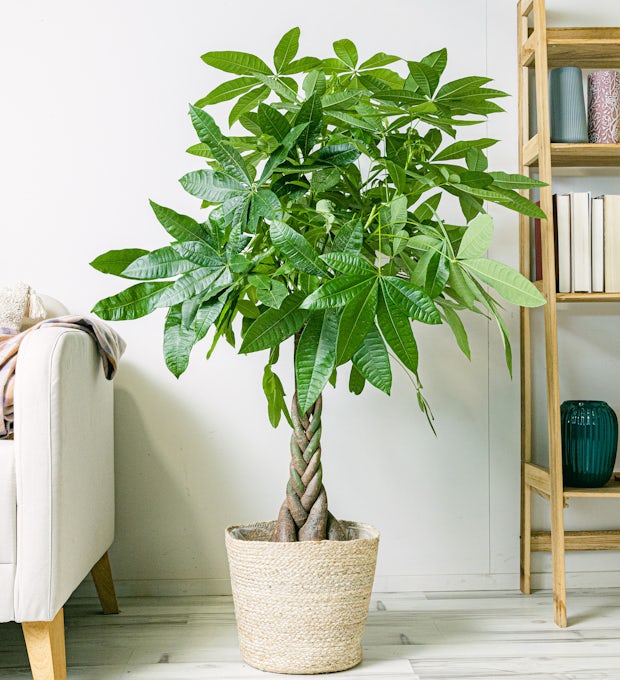Revitalizing my aloe vera plants is my passion. I've learned that repotting is crucial for their health and growth.
In this article, I'll guide you through the essential steps and considerations for successfully repotting your aloe vera plants. We'll discuss choosing the right pot size and sturdy material, as well as using well-draining soil.
I'll also walk you through the process of repotting, ensuring your plants thrive.
Let's embark on this journey together and revitalize our aloe vera plants!
Importance of Repotting Aloe Vera
Repotting aloe vera plants is crucial for their health and longevity. There are several benefits of repotting aloe vera plants.
Firstly, it allows the plant to have more space to grow and develop. Repotting also helps prevent overcrowding of roots and improves drainage. Additionally, it provides an opportunity to refresh the soil and replenish nutrients.
Regular repotting promotes better overall plant health and encourages new growth. But how do you know when it's time to repot your aloe vera plant? Look out for signs such as the plant outgrowing its current pot, producing multiple pups or offsets, or showing signs of stress.
Choosing the Right Pot
After assessing the importance of repotting aloe vera plants for their health and longevity, I now turn to the next step in the process: choosing the right pot. When it comes to selecting a pot for repotting your aloe vera, there are a few factors to consider to ensure the well-being of your plant. To help you make an informed decision, I have provided a table below outlining the important aspects to keep in mind:
| Choosing the right pot for Repotting Aloe Vera |
|---|
| - Size of the pot depends on the size of the mother plant and whether or not you plan to divide it. |
| - Smaller pots are suitable for aloe vera pups, while larger plants require bigger pots for stability. |
| - Shallow, wider pots are recommended for aloe vera plants due to their spreading nature. |
| - Avoid pots that are too big or too deep, as it may lead to overly wet soil and root rot. |
| - Select a pot that is slightly larger than the current one to allow for growth. |
Using Well-Draining Soil
How can I ensure that my aloe vera plants have well-draining soil? Here are three ways to achieve this:
We ship plants to all locations, you can see more options here.
Use a succulent and cactus mix: Regular potting soil retains too much water, which can lead to root rot. A succulent and cactus mix provides the necessary drainage for aloe vera plants, allowing the soil to dry out between waterings.
Add perlite or coarse sand: To further improve drainage, consider adding perlite or coarse sand to the soil mix. Perlite is a lightweight volcanic rock that helps aerate the soil and prevent waterlogged conditions.
Explore alternative soil options: Instead of using regular potting soil, opt for a well-draining soil mix specifically formulated for succulents. These mixes are usually composed of a combination of organic materials and inorganic components like perlite or pumice.
Steps for Repotting Aloe Vera
To repot my aloe vera plant, I gently removed it from its current pot and inspected the roots for any dead or damaged ones. This step is crucial in ensuring the plant's health and promoting proper growth.
Signs of root bound plants include roots that are densely packed and circling around the pot. If I noticed any of these signs, I carefully untangled the roots to encourage new growth.
After examining the roots, I prepared the new pot by placing a layer of fresh soil at the bottom. Then, I positioned the plant in the center of the pot and filled it with soil, making sure to press it firmly to eliminate air pockets.
Allowing Aloe Vera Plants to Adjust
Once I've repotted my aloe vera plant, I allow it to settle in the new pot for 5 to 7 days. During this time, it's important to give the plant a chance to adjust to its new environment. Here are three things I keep in mind while allowing my aloe vera plant to adjust:
Limited watering: After repotting, I refrain from watering the plant immediately. This is to avoid overwatering and potential root rot. Instead, I monitor the moisture level of the soil and water sparingly as needed.
We ship plants to all locations, you can see more options here.
BuyEuphorbia Eritrea€59.00An exotic and hardy succulent.BuyPachira€85.00Purifying and resistantWe ship plants to all locations, you can see more options hereContinue shoppingProper lighting: I place the repotted plant in a well-lit area, but I avoid exposing it to direct sunlight. Aloe vera plants thrive in bright, indirect light.
Observing for signs of stress: During the adjustment period, I closely observe the plant for any signs of stress or wilting. If I notice any issues, I make adjustments accordingly, such as adjusting the lighting or watering frequency.
Repotting Aloe Vera During the Growing Season
During the growing season, I repot my aloe vera plant to ensure its continued health and growth. Repotting aloe vera during this time has numerous benefits.
It allows the plant to have more space to grow and develop, preventing overcrowding of roots and improving drainage.
Repotting also provides an opportunity to refresh the soil and replenish nutrients, promoting better overall plant health and encouraging new growth.
When repotting aloe vera, it's important to use proper techniques. Gently remove the plant from its current pot, inspect the roots, and remove any dead or damaged ones.
Place a layer of fresh soil at the bottom of the new pot, position the plant in the center, and fill with soil around it. Firmly press the soil to secure the plant and eliminate air pockets.
After repotting, allow the plant to adjust for 5 to 7 days before watering.
Monitoring and caring for Repotted Aloe Vera
After repotting my aloe vera plant, I'll carefully monitor its progress and provide the necessary care for optimal growth and health. Here are three important steps to ensure the well-being of the repotted aloe vera:
Monitor Plant Growth: Keep a close eye on the plant to ensure it's adjusting well to the new pot. Look for signs of new growth, such as the emergence of new leaves or pups. If the plant shows any signs of stress or wilting, adjust its care accordingly.
Prevent Root Rot: One of the key risks after repotting is root rot. To prevent this, avoid overwatering the plant immediately after repotting. Allow the soil to dry out slightly between waterings and ensure that the pot has proper drainage. Regularly check the moisture level of the soil and water sparingly as needed.
Provide Adequate Lighting: Place the repotted aloe vera in a well-lit area, but avoid direct sunlight. Aloe vera plants thrive in bright, indirect light. Monitor the plant's response to its new location and adjust the lighting if necessary.
Conclusion
In conclusion, mastering the art of repotting aloe vera plants is crucial for their overall health and vitality.
By choosing the right pot size, using well-draining soil, and following the proper steps for repotting, you can provide your plants with the care and space they need to thrive.
Remember to allow your aloe vera plants time to adjust after repotting and to monitor and care for them during the growing season.
With these tips, you can revitalize your aloe vera and enjoy their beauty for years to come.

